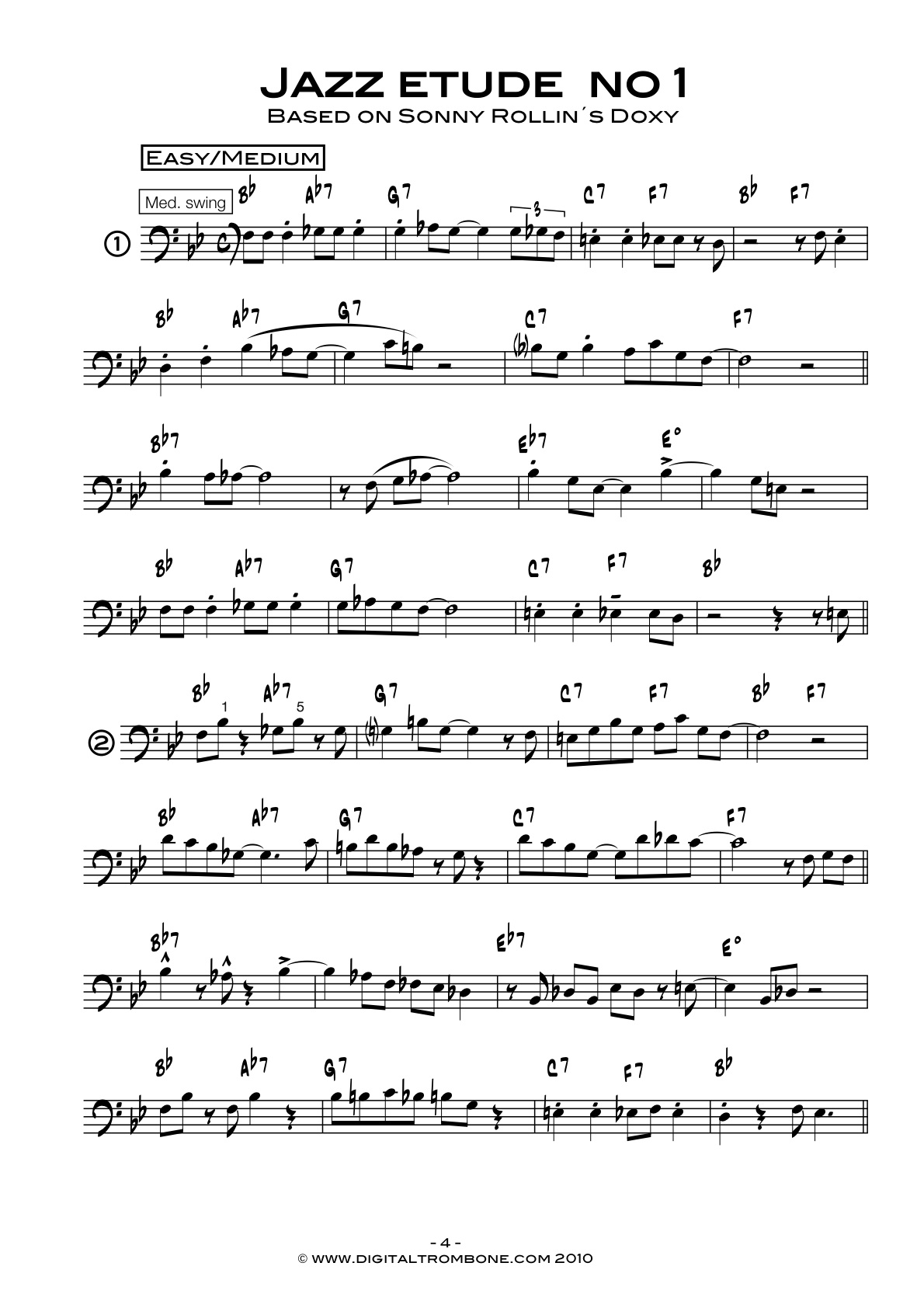

German Brass, Mnozil Brass, Canadian Brass, Chicago Symphony Brass, The National Brass Symposium, etc. Some brass ensembles out there are practically capable of anything. On these larger instruments pressure is less of a factor and the ability to sustain a note thus decreases.Īlthough composers have written for the sustaining of high and low notes in brass literature for extended periods of time before it is something that should be generally avoided due, unless your writing for the Chicago Symphony Brass, not so much to their ability to hold the note, but to hold the note with good intonation.Īnyways, what you're asking depends on the dynamic (louder = shorter amount of time), range (high or extreme low, approaching and at pedal tone range = amount of time), intonation of the particular note on the instrument (it's harder to hold naturally flat notes as we have to use our embouchure to straighten them out), and strength of chops (don't ask me to hold out a High G for 10 seconds at the end of a ten minute ensemble piece).Īll being said and done it depends on for whom you're writing.

On larger instruments (trombone, tuba, etc) the flow of air is less restricted and the aperture through which it can flow is larger thus limiting the amount of time you can hold a note. While at a pianissimo dynamic I could probably hold a note as long as I could hold my breath, a minute or so. At a fortissimo dynamic I'll be able to hold a tone for 10 seconds top if I want to maintain timbre and intonation. Circular breathing is something that should almost always be avoided in any ensemble work, it causes distortion in timbre and intonation even at a highly skilled level.ĭynamics play a LARGE part in the ability of a brass player to be able to hold out a tone. I'm a trumpet player and if given enough time to get a decent breath can hold a tone out for, without circular breathing, about 30 seconds. I'd say 8 seconds is easily achievable by any brass player worth his salt. I've used 8 seconds as a conservative limit in the past for brass, but that was mostly in the comfortable mid-range of the instruments, and the high or low ranges are likely to be much harder without even considering possible intonation problems. Also, I'm respecially interested in how long the low Bb (six leger lines below the bass staff) pedal tone on the tuba and the low Bb pedal tone on the trombone can be held for at p or mp, and if they can be sounded with a very smooth attack and gradual decay/release. I'd like to know what would be good guidelines for length of notes (in seconds) to use for trumpets, tenor trombones and tubas, throughout most of their ranges excluding the really high (the written C two leger lines above the treble staff is the highest trumpet note I'll use), and the differences caused by playing at loud or soft dynamic levels. I'd like to write a piece for brass ensemble but before I begin I'd like to know some practical limits for how long I can expect competent brass players to hold notes for before turning blue and/or keel over, gasping for air. Could any resident brass players/knowledgable people help me out.


 0 kommentar(er)
0 kommentar(er)
